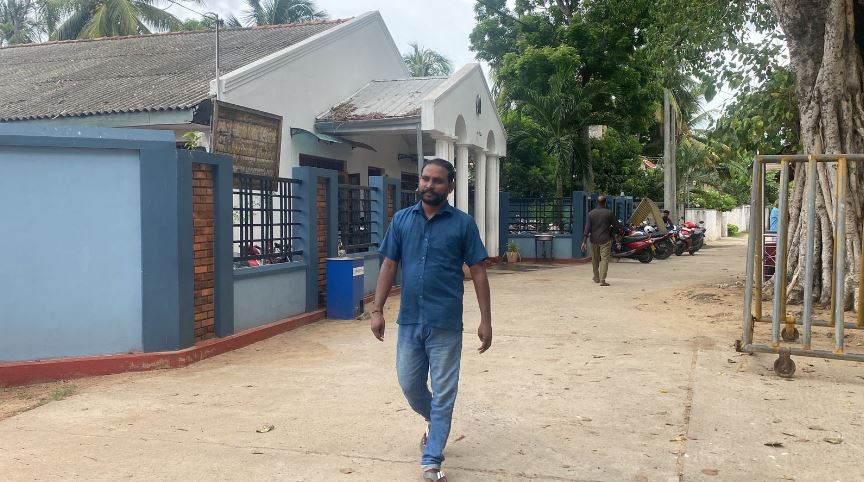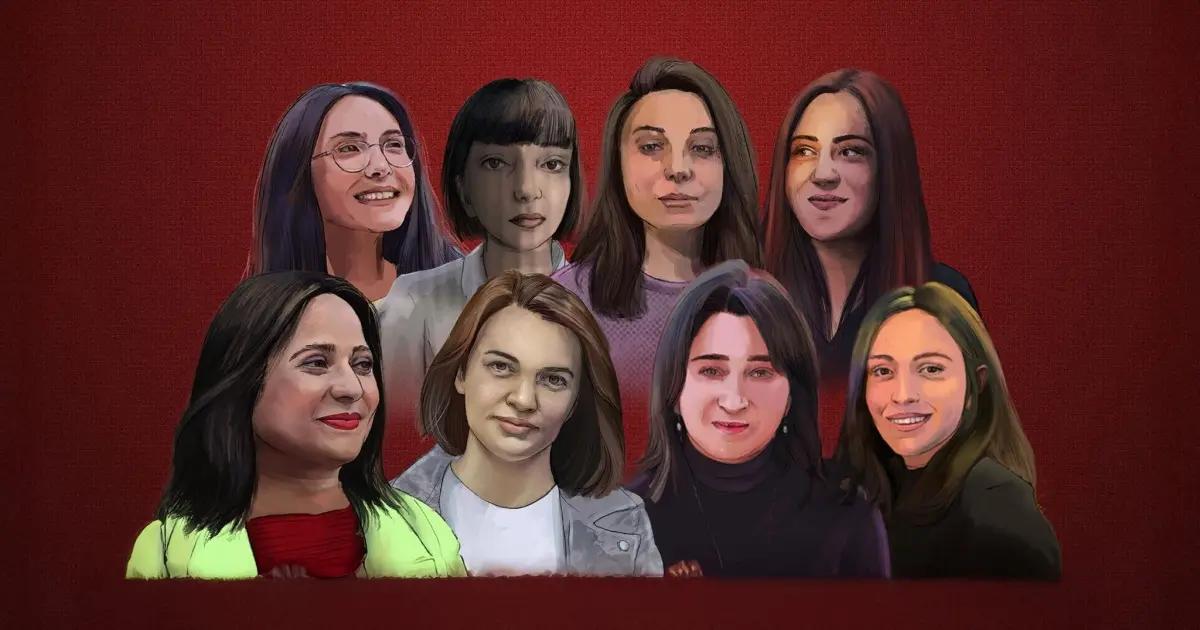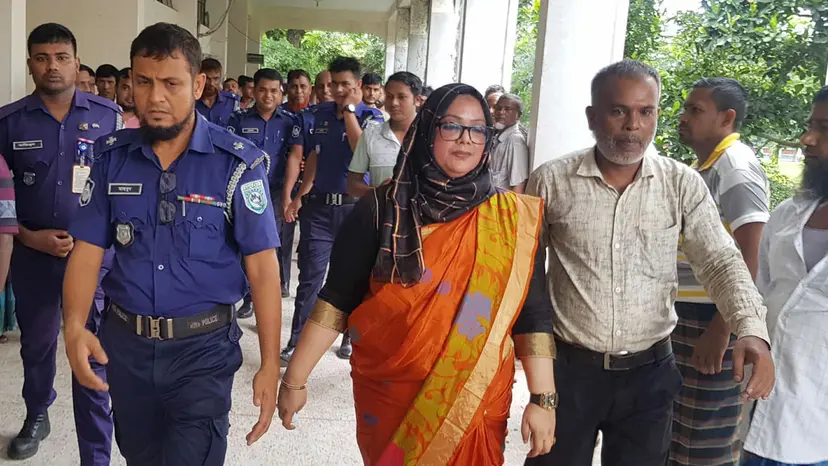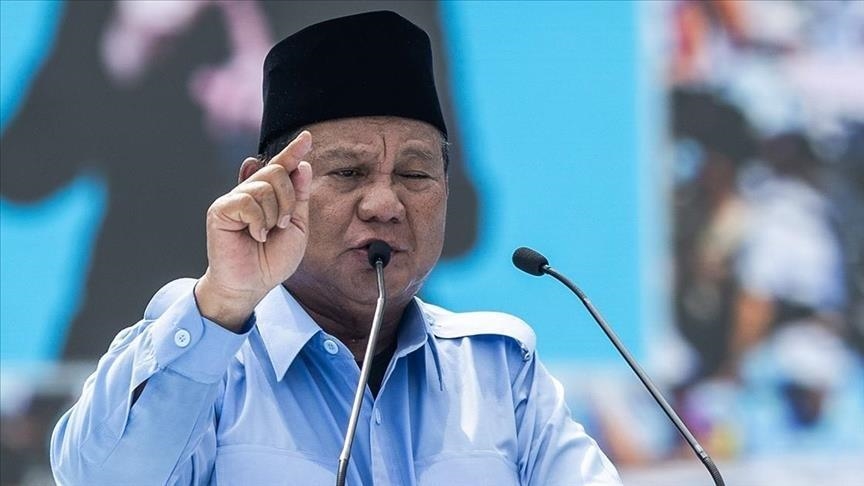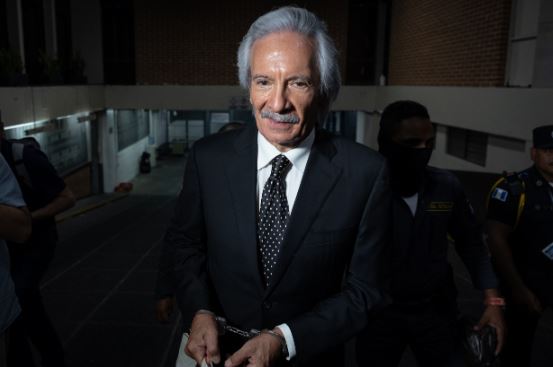
Guatemalan Investigative Journalist José Rubén Zamora Moves to House Arrest After 800+ Days Behind Bars
October 22, 2024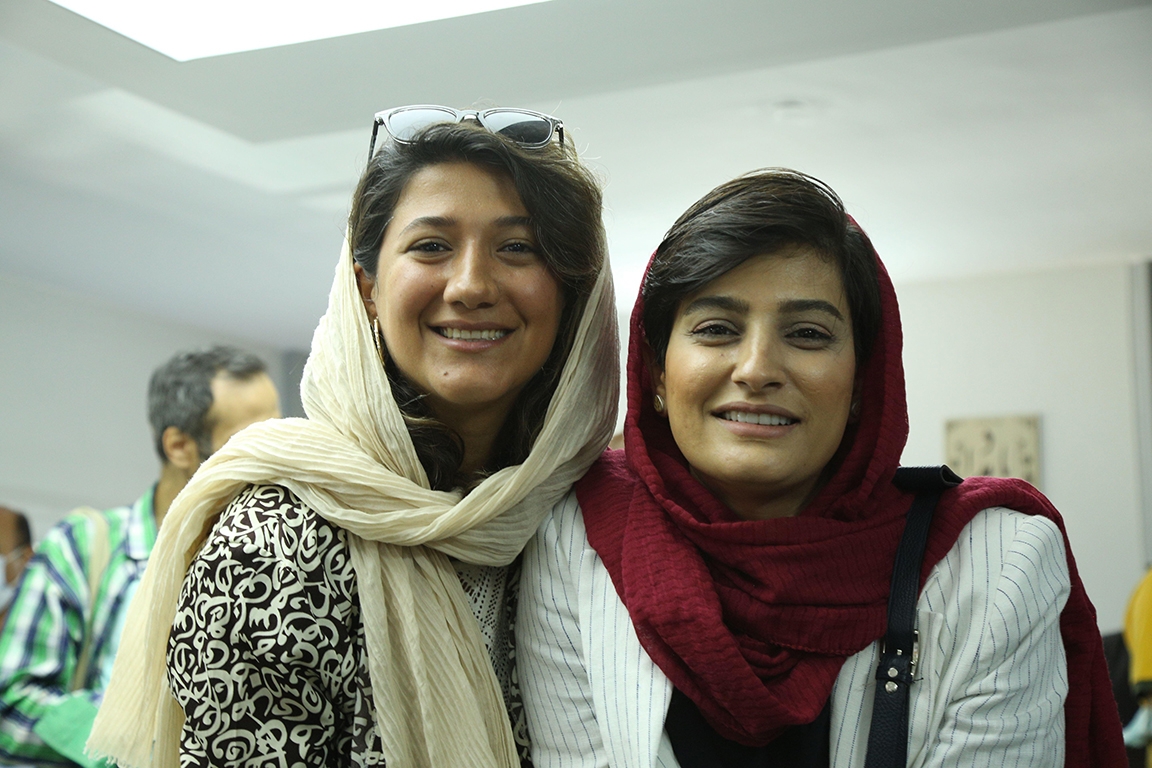
Iran Imprisons Journalists Under National Security Charges
October 22, 2024October 21, 2024 – India/Sri Lanka –
Tamil journalist Selvakumar Nilanthan was arrested by Sri Lankan police in what rights groups have condemned as a targeted attempt to suppress press freedom. Nilanthan, known for exposing local corruption and human rights abuses in the eastern Batticaloa region, was detained on October 21 by Eravur police without prior legal notice. His arrest followed renewed legal action stemming from a 2019 report he published about alleged misconduct by the Chenkalady Divisional Secretary. Alongside two civilians, he was accused of obstructing government duties and defamation.
During his detention, Nilanthan was held overnight in unsanitary conditions, sharing a cell with over 20 people in a facility lacking basic sanitation. He later recounted being treated “like a murderer,” adding that police used the open defecation area inside the cell while he was confined. He was released on bail the following day, and his next court hearing is set for January 20, 2025.
This is not Nilanthan’s first encounter with harassment. In 2022, he fled Sri Lanka, fearing for his safety after repeated police visits and interrogations by anti-terror units. Despite returning later, his work continues to attract state scrutiny. The International Federation of Journalists, Free Media Movement, and other local press unions have condemned his arrest as a violation of his constitutional right to free expression. CIVICUS and the Committee to Protect Journalists (CPJ) also raised alarm, pointing to a pattern of intimidation targeting journalists, especially those reporting from Tamil-majority areas.
Nilanthan’s case highlights a broader erosion of civic space under Sri Lanka’s new government, with ongoing reports of state surveillance, arbitrary arrests, and legal threats against activists and journalists. The CPJ recently documented similar pressure on another journalist, Tharindu Jayawardhana, further underscoring a climate of fear.
Despite constitutional protections, Sri Lanka’s media landscape remains precarious. Tamil journalists are disproportionately targeted, and accountability for attacks on the press remains rare. Nilanthan’s ordeal exemplifies how journalists seeking to expose local corruption can find themselves criminalized, isolated, and threatened into silence. Unless international pressure mounts and domestic reforms are enacted, Sri Lanka risks deepening its legacy of media repression and impunity.
Reference –

